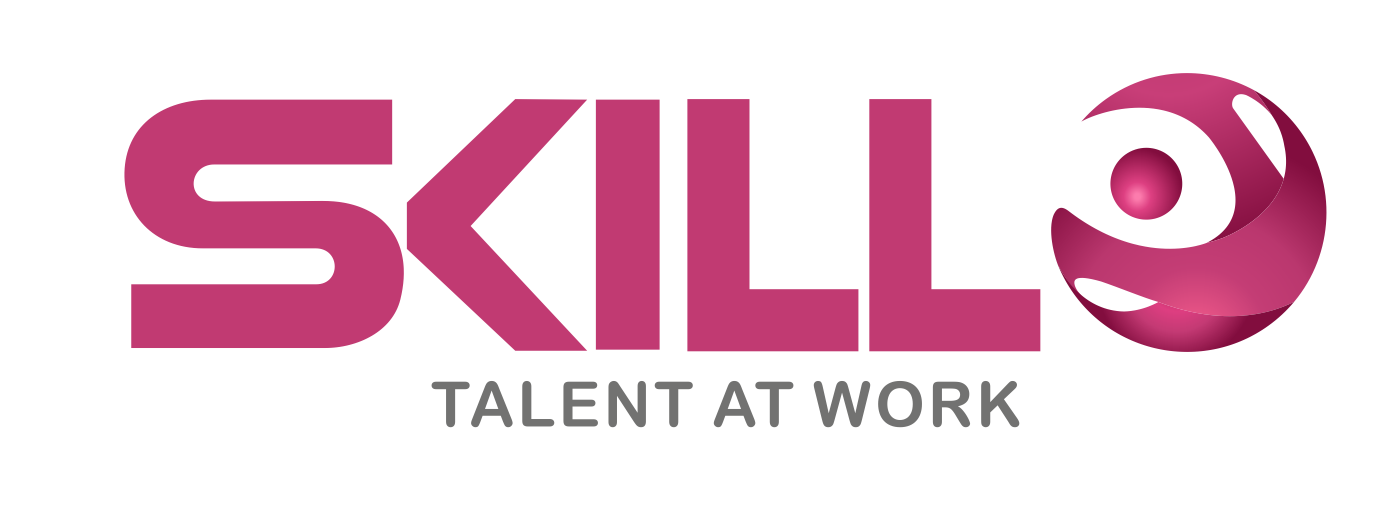
As AI solutions for hiring and talent management proliferate, distinguishing valuable tools from marketing hype becomes crucial. While AI has the potential to transform recruitment, it’s essential to navigate the landscape wisely to avoid tools that hinder rather than help. This article delves into the key red flags to watch for, the importance of setting realistic expectations, and the necessity of piloting AI solutions to ensure they align with your recruiting goals.
Recognizing Red Flags in AI Hiring Tools
Convoluted Interfaces: One of the first signs of a below par AI hiring tool is a convoluted interface. A well-designed AI solution should enhance the user experience, not complicate it. When evaluating AI tools, pay close attention to the usability of the interface. If the platform requires extensive training just to navigate basic functions, it’s a clear indicator that the tool may not be worth the investment. User-friendly interfaces not only save time but also ensure that your team can leverage the tool’s capabilities effectively.
Poor Integration Capabilities: Integration is another critical factor. An AI hiring tool should seamlessly integrate with your existing HR systems and workflows. Poor integration capabilities can lead to data silos, duplication of efforts, and ultimately, a fragmented hiring process. Ensure that the AI solution you choose offers robust integration options and can easily connect with your current tools, such as Applicant Tracking Systems (ATS) and HR Information Systems (HRIS).
Overly Complex Features: While advanced features can be appealing, overly complex functionalities can become a burden. AI tools should simplify the recruitment process, not add layers of complexity. Be wary of solutions that boast numerous features but lack clarity in their application. Focus on tools that offer tangible benefits and practical applications that align with your specific needs. Remember, the goal is to enhance efficiency, not to overwhelm your team with unnecessary complexity.
Setting Realistic Expectations
Avoiding the Promise of Quick Fixes: AI can undoubtedly streamline various aspects of hiring, but it’s not a magic wand that will solve all recruitment challenges overnight. Be cautious of providers that promise quick fixes or claim that their AI can replace human judgment entirely. Effective recruitment involves a blend of technology and human insight. AI can assist in identifying patterns and automating repetitive tasks, but human recruiters are essential for interpreting results and making nuanced decisions.
Understanding the Role of AI in Recruitment: It’s important to have a clear understanding of what AI can and cannot do in the context of recruitment. AI excels at processing large volumes of data, identifying trends, and automating routine tasks. However, it lacks the emotional intelligence and contextual understanding that human recruiters bring to the table. Set realistic expectations by recognizing that AI is a tool to augment, not replace, your recruitment efforts. This balanced approach will help you make informed decisions and avoid the pitfalls of over-reliance on AI.
Piloting AI Solutions
Ensuring Alignment with Workflows: Before fully integrating an AI hiring tool into your processes, it’s crucial to pilot the solution. A pilot phase allows you to assess whether the tool meets your needs and integrates smoothly into your workflows. During this period, closely monitor the tool’s performance, gather feedback from users, and identify any potential issues. This hands-on experience is invaluable in determining the tool’s effectiveness and suitability for your organization.
Gathering User Feedback: Incorporate feedback from all stakeholders involved in the recruitment process. This includes recruiters, hiring managers, and candidates. Their insights will provide a comprehensive view of the tool’s impact on different aspects of hiring. Pay attention to any recurring issues or concerns and work with the AI provider to address them promptly. By actively involving users in the evaluation process, you can ensure that the final implementation is smooth and well-received.
Prioritizing Tangible Benefits
Aligning with Recruiting Goals: When selecting an AI hiring tool, prioritize those that offer tangible benefits and align with your recruiting goals. Look for solutions that demonstrably improve key metrics such as time-to-hire, candidate quality, and cost-per-hire. Tools that provide clear, measurable outcomes will deliver more value and justify the investment. Evaluate the tool’s performance against your specific objectives and ensure that it supports your broader recruitment strategy.
Measuring Success: Establish clear criteria for measuring the success of the AI tool. This could include metrics such as the reduction in manual tasks, improvement in candidate matching accuracy, and overall satisfaction of the recruitment team. Regularly review these metrics to assess the tool’s ongoing performance and adjust as needed. By keeping a close eye on these indicators, you can ensure that the AI solution continues to deliver value over the long term.
In conclusion, the proliferation of AI solutions in hiring and talent management offers exciting opportunities, but it also necessitates careful evaluation and discernment. By recognizing red flags, setting realistic expectations, piloting solutions, and prioritizing tangible benefits, you can effectively differentiate valuable tools from marketing hype and make informed decisions that enhance your recruitment process.
